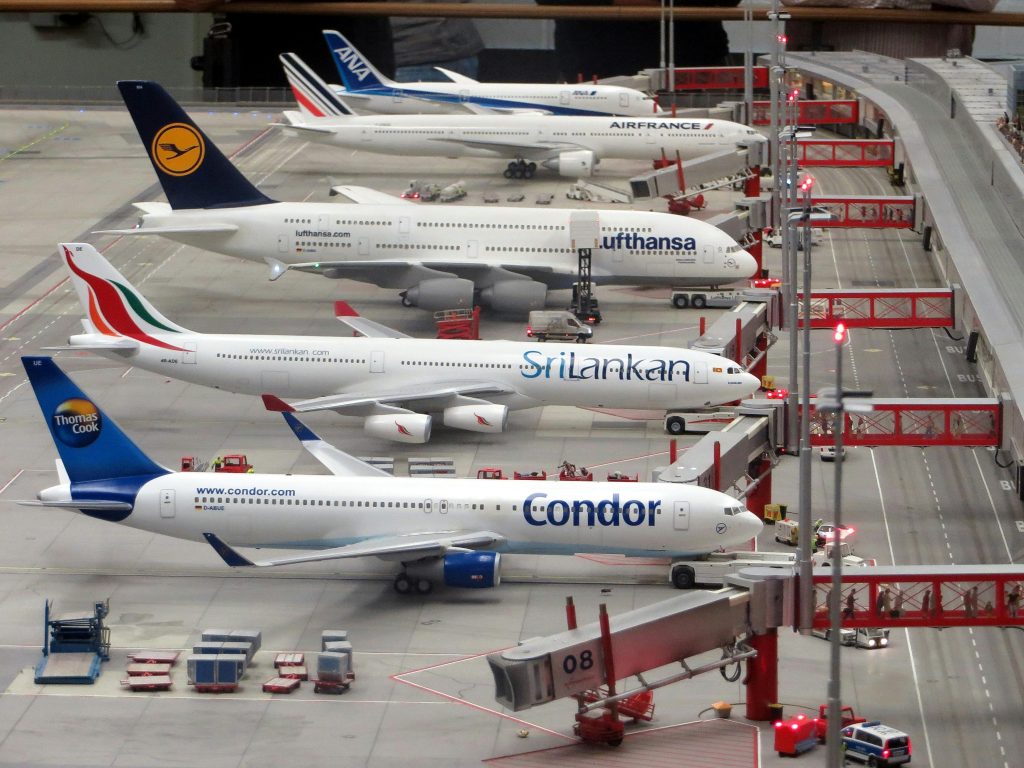
In an increasingly globalized world, business travel is essential. Whether it’s attending international conferences, meeting with overseas clients, conducting site visits, or deploying executive teams abroad, travel is a core part of how modern organizations operate and grow. However, with opportunity comes risk—geopolitical instability, crime, terrorism, health crises, natural disasters, and logistical disruptions are just a few of the many variables that can compromise employee safety and business continuity.
That’s where Travel Risk Management (TRM) becomes not just a luxury—but a necessity.
What is Travel Risk Management?
Travel Risk Management is the proactive process of identifying, assessing, and mitigating risks associated with employee travel. It encompasses a range of services and protocols including risk assessments, secure transportation, on-the-ground support, crisis response plans, travel tracking, and communication tools. More than just an insurance policy, TRM is an operational strategy designed to protect your people, assets, and reputation.
The High Cost of Being Unprepared
Neglecting travel risk management can be a costly mistake. Consider these scenarios:
- A high-ranking executive is kidnapped in a politically volatile region.
- An employee contracts a severe illness in a country with limited medical infrastructure.
- A team is stranded during a natural disaster with no evacuation plan.
- Sensitive corporate data is compromised due to lax cybersecurity protocols while abroad.
Each of these incidents can lead to financial losses, legal liabilities, and reputational damage. Worse yet, the personal safety and lives of your employees may be at risk. Having a TRM plan in place significantly reduces the likelihood and impact of such events.
Duty of Care: Legal and Ethical Obligations
Businesses have a “duty of care” to protect employees while they are traveling for work. This includes taking reasonable steps to ensure their health, safety, and security. Failing to do so can lead to lawsuits, regulatory penalties, or even criminal liability depending on the jurisdiction. More importantly, it undermines employee trust and morale.
An effective TRM plan is a clear demonstration of your company’s commitment to the well-being of its people.
Key Components of an Effective TRM Program
- Pre-Travel Intelligence and Risk Assessments
Before any travel takes place, it’s vital to conduct region-specific risk assessments. This includes evaluating crime trends, political instability, medical infrastructure, transportation safety, and cultural considerations. - Travel Security Planning and Protocols
Planning goes beyond booking flights and hotels. It involves mapping out safe transit routes, identifying secure lodging, and preparing contingency plans. High-risk destinations may also require secure transportation or executive protection services. - 24/7 Monitoring and Communications
Real-time travel tracking, emergency alerts, and constant communication channels ensure that travelers can be located and assisted immediately if something goes wrong. - Training and Situational Awareness
Equipping travelers with basic security training—such as situational awareness, emergency procedures, and digital security—empowers them to act quickly and responsibly under pressure. - Crisis Response and Evacuation Protocols
Whether it’s political unrest or a natural disaster, having a clearly defined crisis management plan is essential. This includes access to local emergency support, medical evacuation, and liaison with embassies and law enforcement.

Who Needs TRM?
While enterprise-level corporations are more likely to have robust TRM programs, small and mid-sized businesses are increasingly at risk. Many SMEs send staff abroad without fully understanding the threats or having resources in place to respond. The misconception that “we’re too small to be a target” has been debunked repeatedly—criminals and bad actors often see smaller organizations as easier marks.
Moreover, businesses in industries like energy, tech, manufacturing, and even non-profits working in developing regions are especially vulnerable and should prioritize TRM.
Why Partnering with a Security Firm Makes Sense
Developing and executing an effective travel risk management plan requires expertise, resources, and constant monitoring. Partnering with a specialized firm like Nexus Defense Solutions gives your organization access to experienced professionals, real-time intelligence, and a tailored approach to global mobility security.
We provide:
- Executive and secure travel protection
- Destination threat briefings
- Emergency response coordination
- Embedded security advisors
- Medical and crisis evacuation support
Final Thoughts
In today’s uncertain world, companies can no longer afford to take a reactive stance on travel security. By investing in a well-designed Travel Risk Management program, businesses not only fulfill their duty of care obligations but also protect their assets, ensure continuity, and build trust among their workforce.
Smart travel isn’t just about booking first-class seats—it’s about arriving home safely.